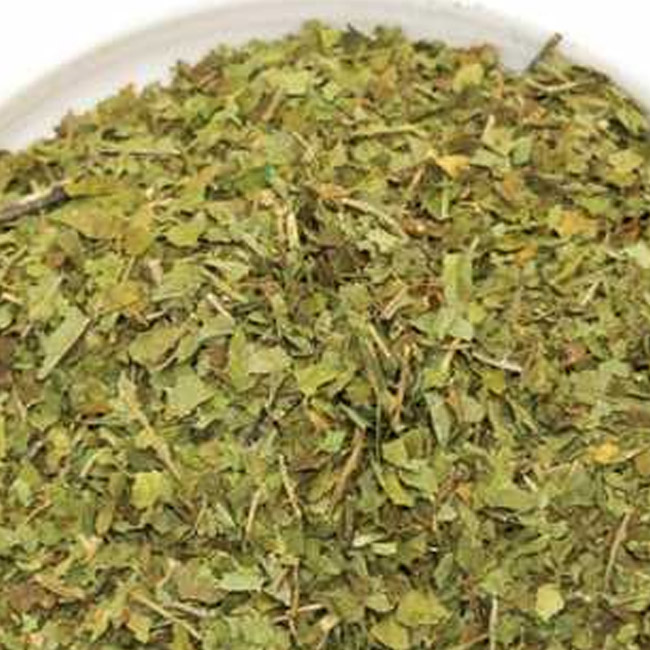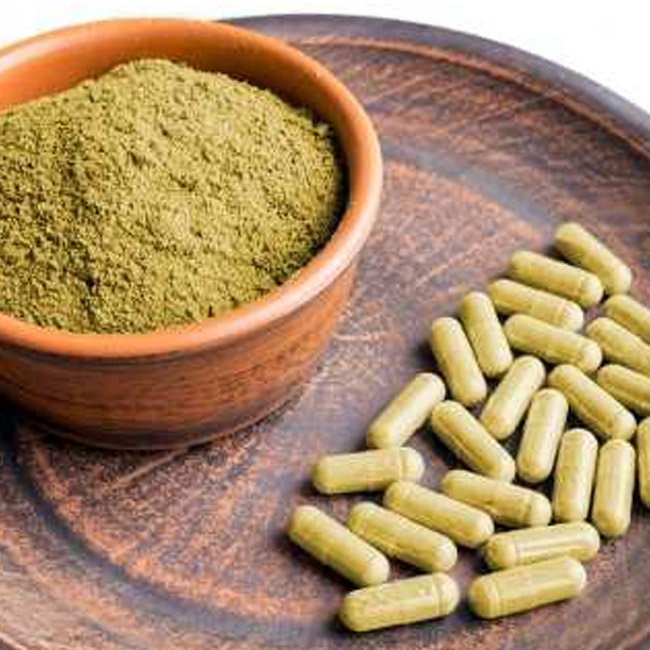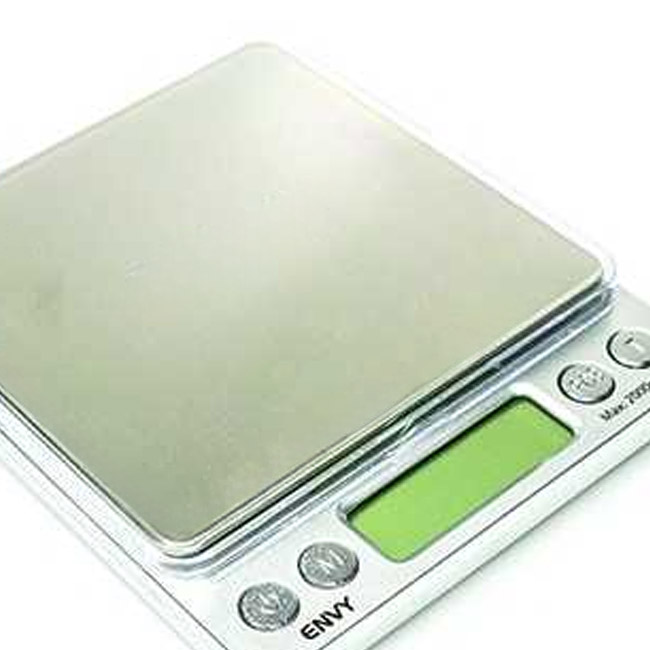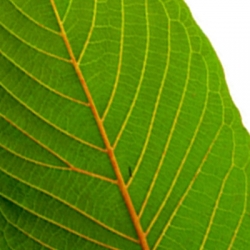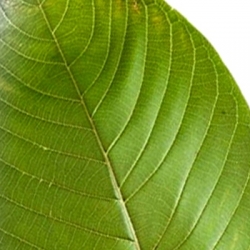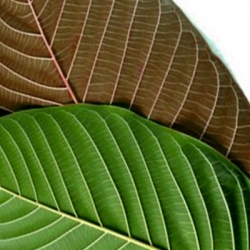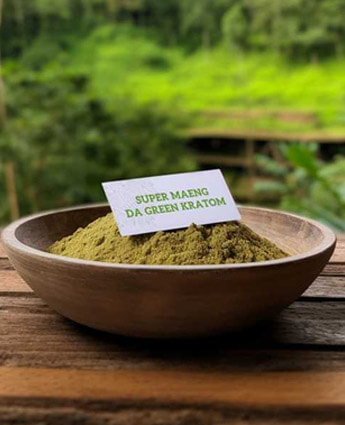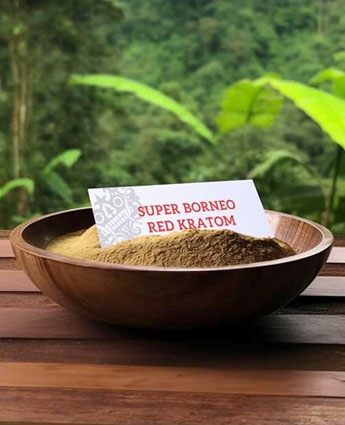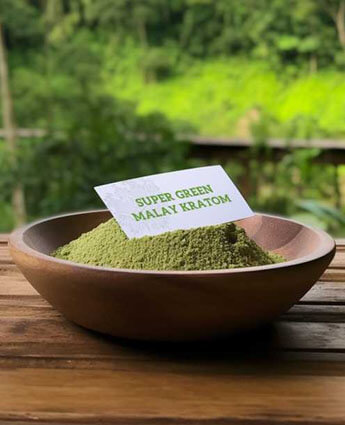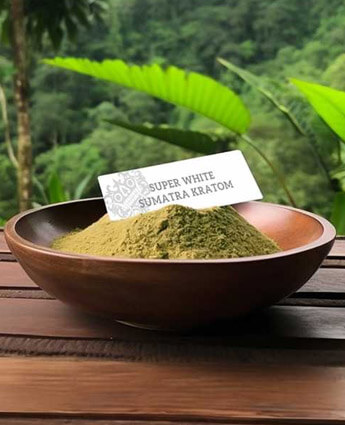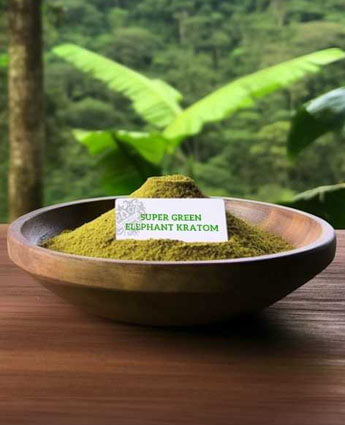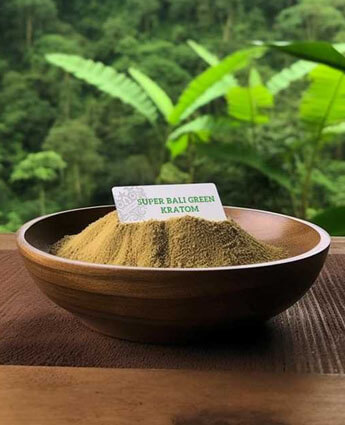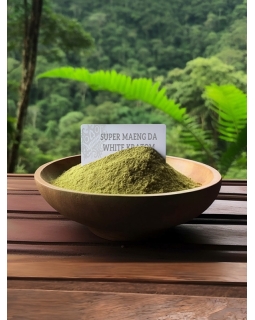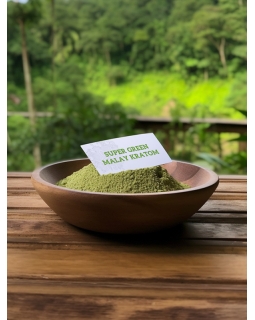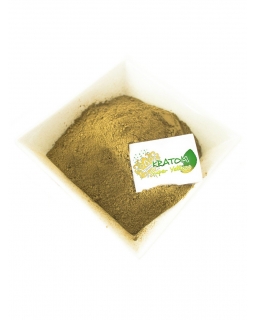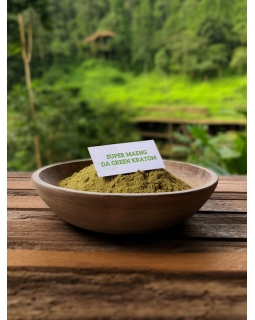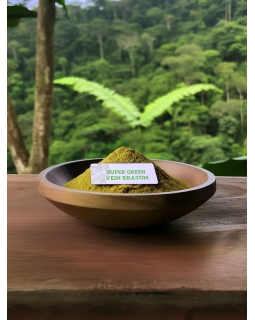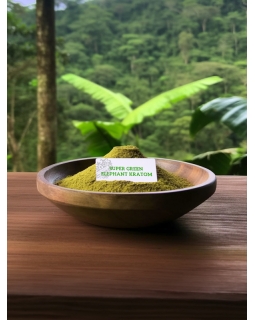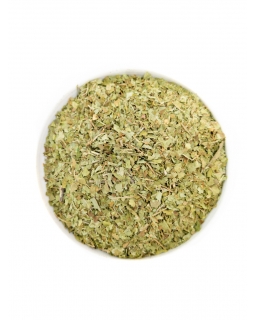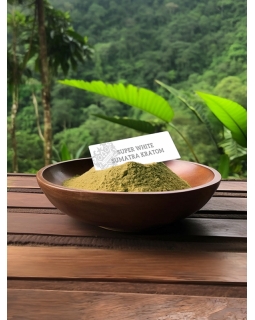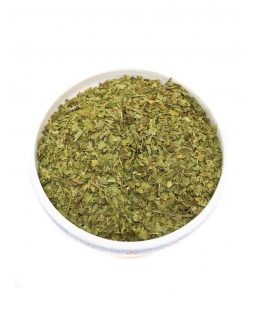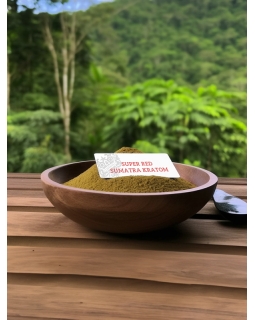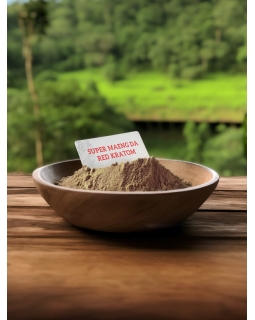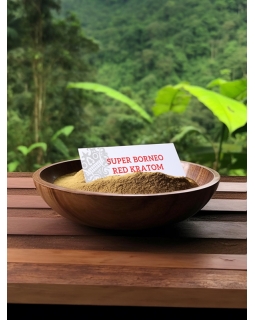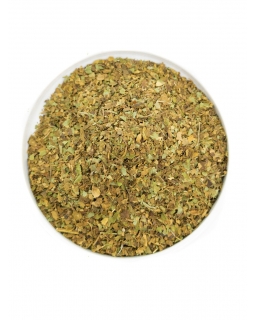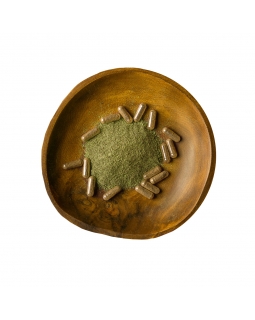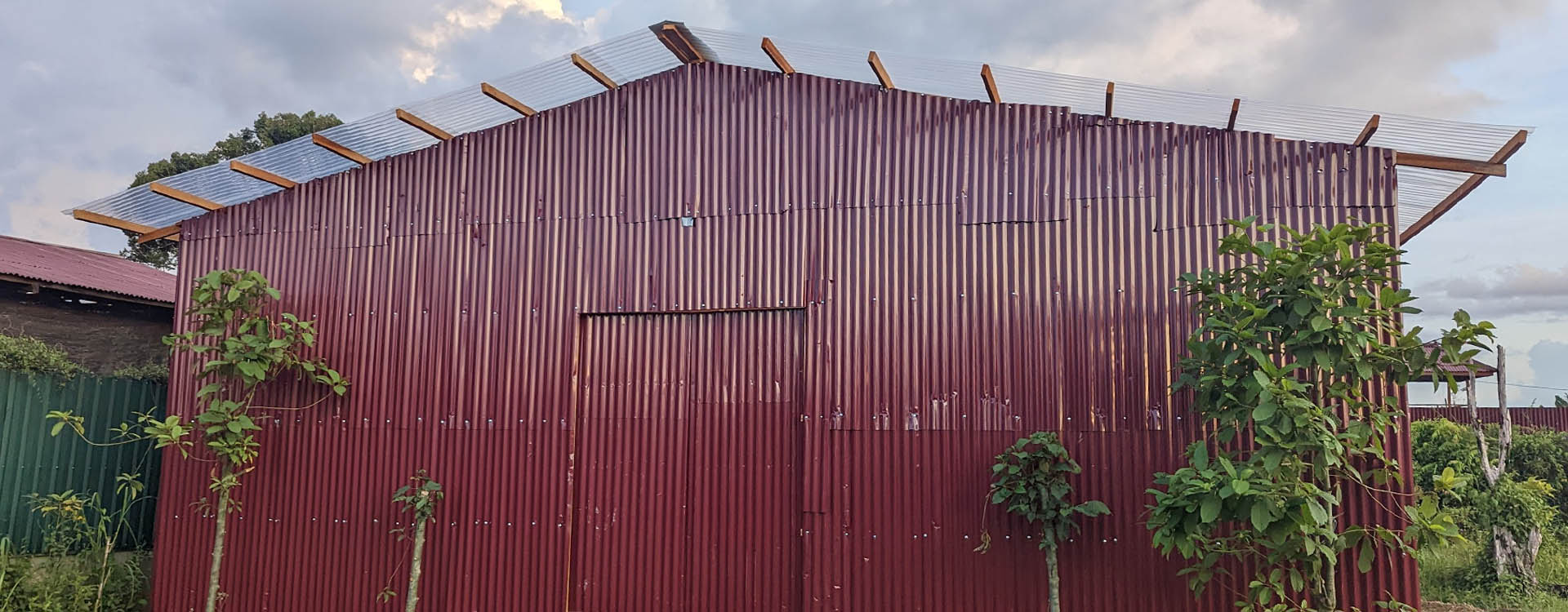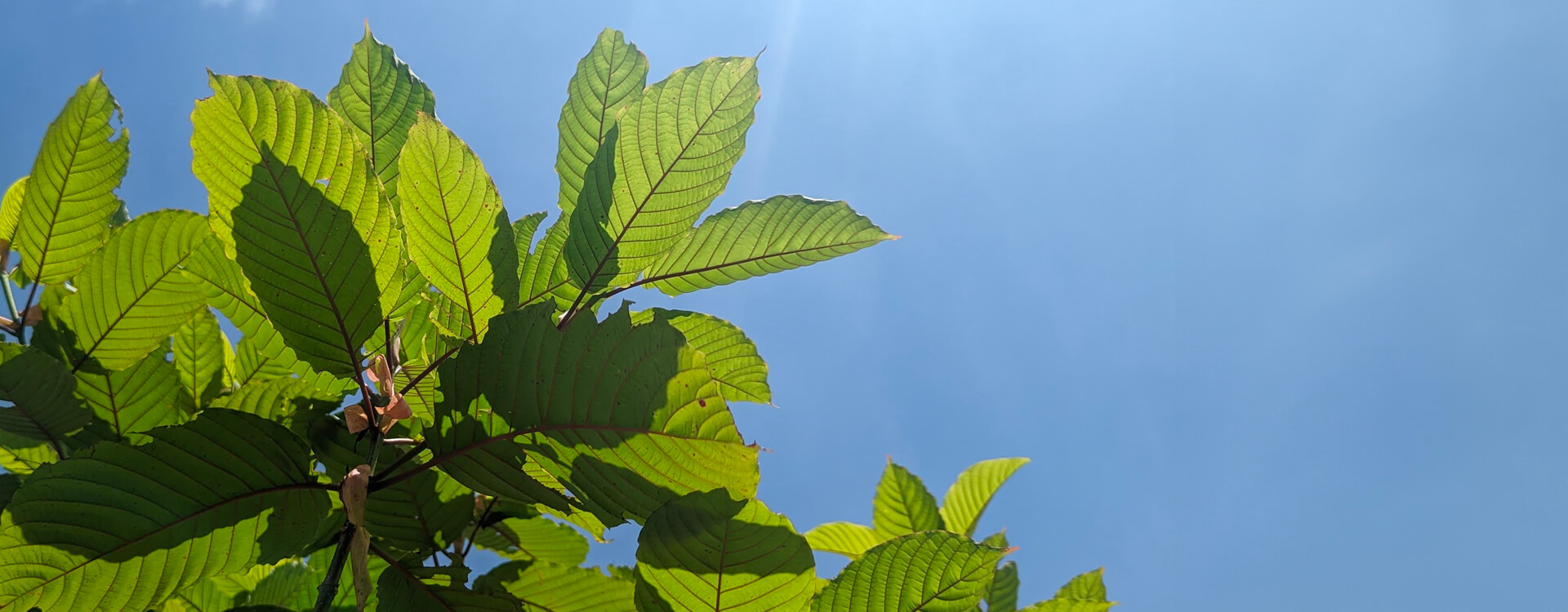
Using Kratom as a Natural Dye
Using Kratom as a Natural Dye
Exploring kratom dyeing opens up a realm of possibilities for sustainable and eco-friendly coloring of textiles and papers, fostering creativity in fabric and art projects while minimizing environmental impact.
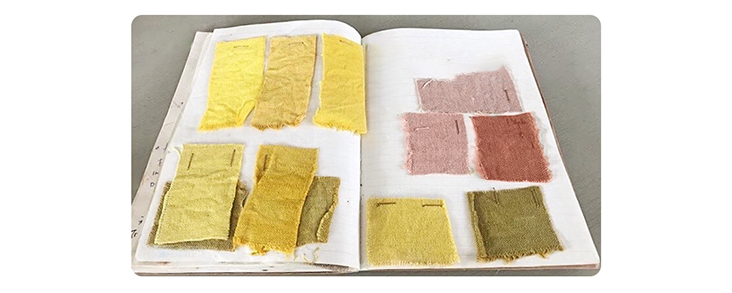
An Introduction
In an era where sustainability is more than just a trend, the search for eco-friendly alternatives in every aspect of our lives has led to a resurgence of natural dyeing methods.
Kratom dyeing, utilizing the natural color derived from the kratom plant (Mitragyna speciosa), presents an intriguing method for imparting hues onto various materials. This approach aligns well with sustainable and eco-friendly dyeing practices. The suitability of fabrics and materials for kratom dyeing includes a range of fabrics like cotton, wool, silk and art materials like paper, each offering unique results based on their properties.
This guide delves into the use of kratom powder as a sustainable dye for textiles, highlighting its benefits and practical applications.
The Rising Interest in Sustainable Dyeing
With increasing awareness of the environmental impact of synthetic dyes, there's a growing interest in natural dyeing methods. Kratom powder offers a sustainable solution, producing a range of beautiful red shades, depending on the dyeing process and fabric type.
The Hazards of Synthetic Dyes
Synthetic dyes, derived from petrochemicals, are notorious for their environmental impact. They are often non-biodegradable, leading to persistent pollution in water bodies. During the dyeing process, a significant amount of untreated dye wastewater is discharged into rivers and oceans, affecting aquatic life and ecosystems. This wastewater contains not just color, but also other toxic chemicals used during dyeing processes.
The Shift Towards Natural Solutions
Natural dyes, like kratom powder, are gaining popularity as they offer a safer, more sustainable alternative, reducing the ecological footprint of the textile industry.
How Kratom Powder is Used in Dyeing
Using kratom powder as a dye involves a few key steps, from preparing the dye solution to applying it to fabrics. This process not only ensures a beautiful color but also promotes sustainability.
Preparing the Kratom Dye
The first step in dyeing with kratom powder involves creating a dye bath. This usually means simmering the powder in water to extract the colorants.
Kratom dyeing, utilizing the natural color derived from the kratom plant (Mitragyna speciosa), presents an intriguing method for imparting hues onto various materials. This approach aligns well with sustainable and eco-friendly dyeing practices. Kratom leaves, known for their psychoactive properties, can also be explored for their potential in natural dyeing processes. The suitability of fabrics and materials for kratom dyeing includes a range of textiles and art materials like paper, each offering unique results based on their properties.
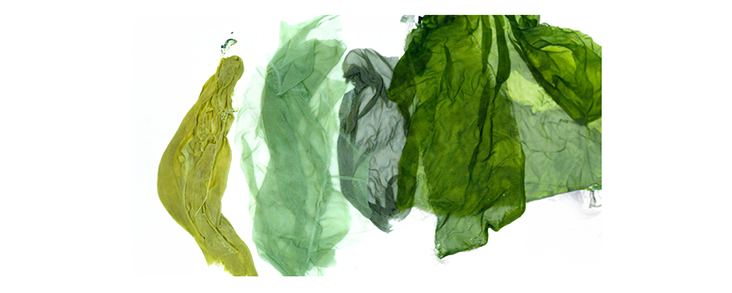
Suitable materials for Kratom Dyeing
Natural fibers such as cotton, silk, wool, and linen are particularly suitable for kratom dyeing. These materials possess inherent qualities that allow them to absorb and retain natural dyes well. Pre-treatment processes, like scouring and mordanting, can significantly enhance their dye uptake, resulting in more vibrant and lasting colors.
- Cotton is widely used due to its versatility and accessibility. It can produce a range of shades when dyed with kratom, depending on the mordant used and the concentration of the dye.
- Silk with its protein-based composition, can achieve a lustrous finish and a subtle sheen when dyed with kratom, showcasing the dye's natural beauty.
- Wool another protein fiber, can also be dyed effectively with kratom, yielding rich colors. However, wool requires careful temperature management during the dyeing process to prevent felting.
- Linen made from the flax plant, can absorb kratom dye well, though its color uptake might be less intense compared to cotton or silk, resulting in softer shades.
Paper
Paper, especially those made from natural fibers like cotton, linen, or hemp, is well-suited for dyeing with kratom. The porosity and absorbency of paper make it an excellent medium for natural dyes, allowing for creative applications in art and craft projects. The kratom dye can impart a range of earthy tones to paper, ideal for unique stationery, decorative papers, or as a substrate for artwork. Pre-treatment with mordants can enhance color fastness and intensity on paper, just as with textiles.
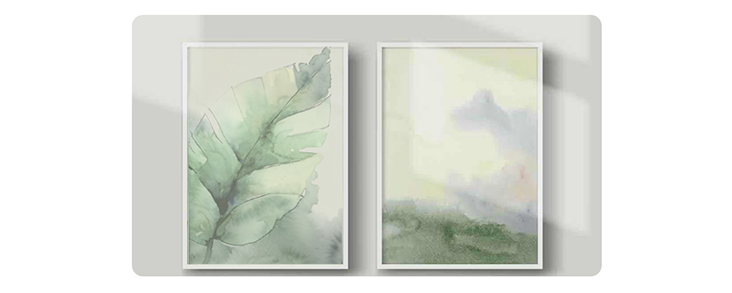
Considerations
When dyeing with kratom several factors influence the final color and fastness:
- pH of the Dye Bath: Adjusting the pH can shift the color tones. Acidic or alkaline conditions can alter the hue and intensity of the dye on different materials.
- Dye Concentration and Time: The amount of dye used and the duration of dyeing can also impact the depth of color achieved.
Exploring kratom dyeing opens up a realm of possibilities for sustainable and eco-friendly coloring of textiles and papers, fostering creativity in fabric and art projects while minimizing environmental impact.


